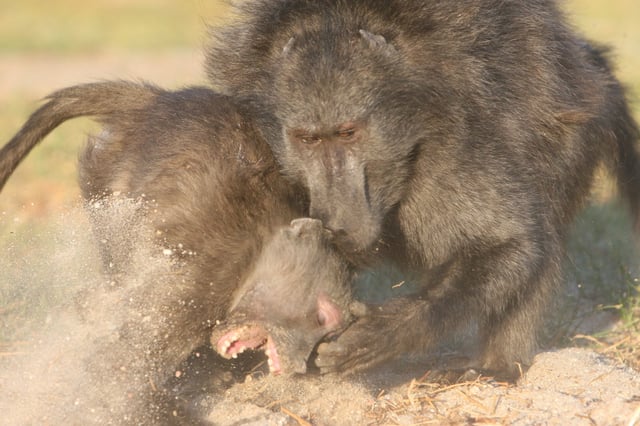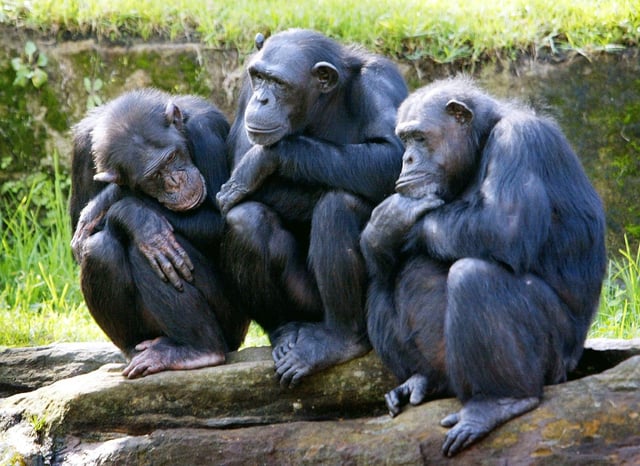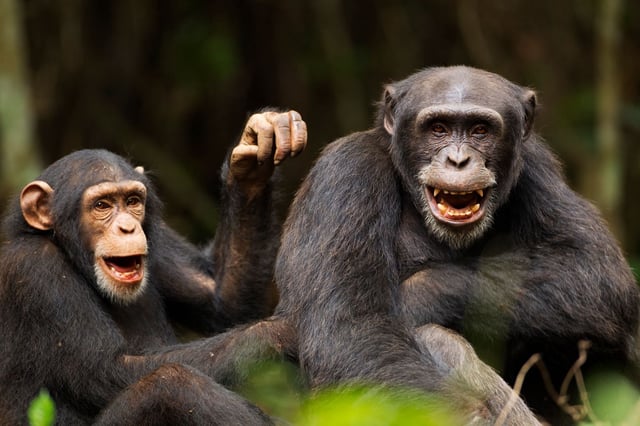Overview
- Researchers spent five years compiling individual-level aggression records from 253 populations across 121 primate species to map intersexual power dynamics.
- Clear male dominance—winning more than 90% of contests against females—was recorded in 25 of 151 populations with quantitative data, while clear female dominance occurred in only 16 populations and most societies showed moderate or no bias.
- Intersexual aggression accounted for nearly half of all adult conflicts in the studied primate groups.
- Female dominance often stems from reproductive control and is most prevalent in monogamous, size-paired or arboreal species where females have greater mating choice.
- Ecological and social factors such as body size differences, mating systems and foraging habits shape primate hierarchies and suggest human gender roles may also be context-dependent.



